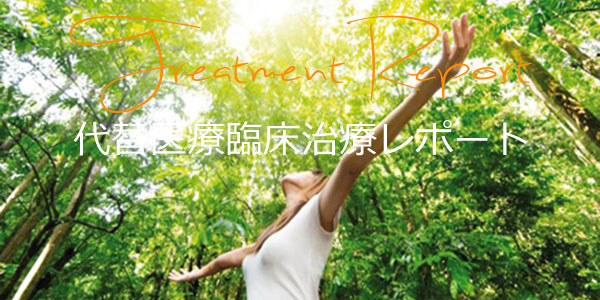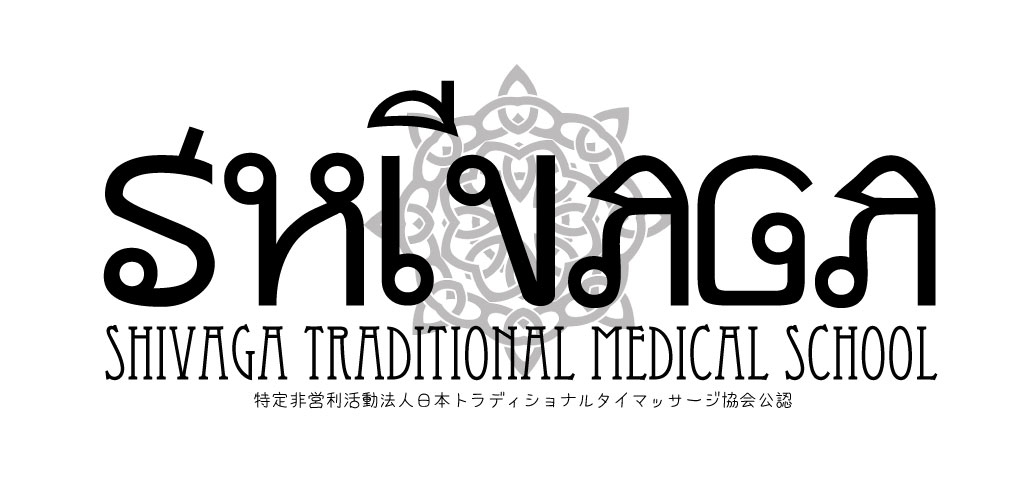
| →For Japanese |
 |
 |
 |
 |
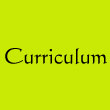 |
 |
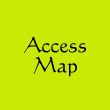 |
 |
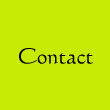 |
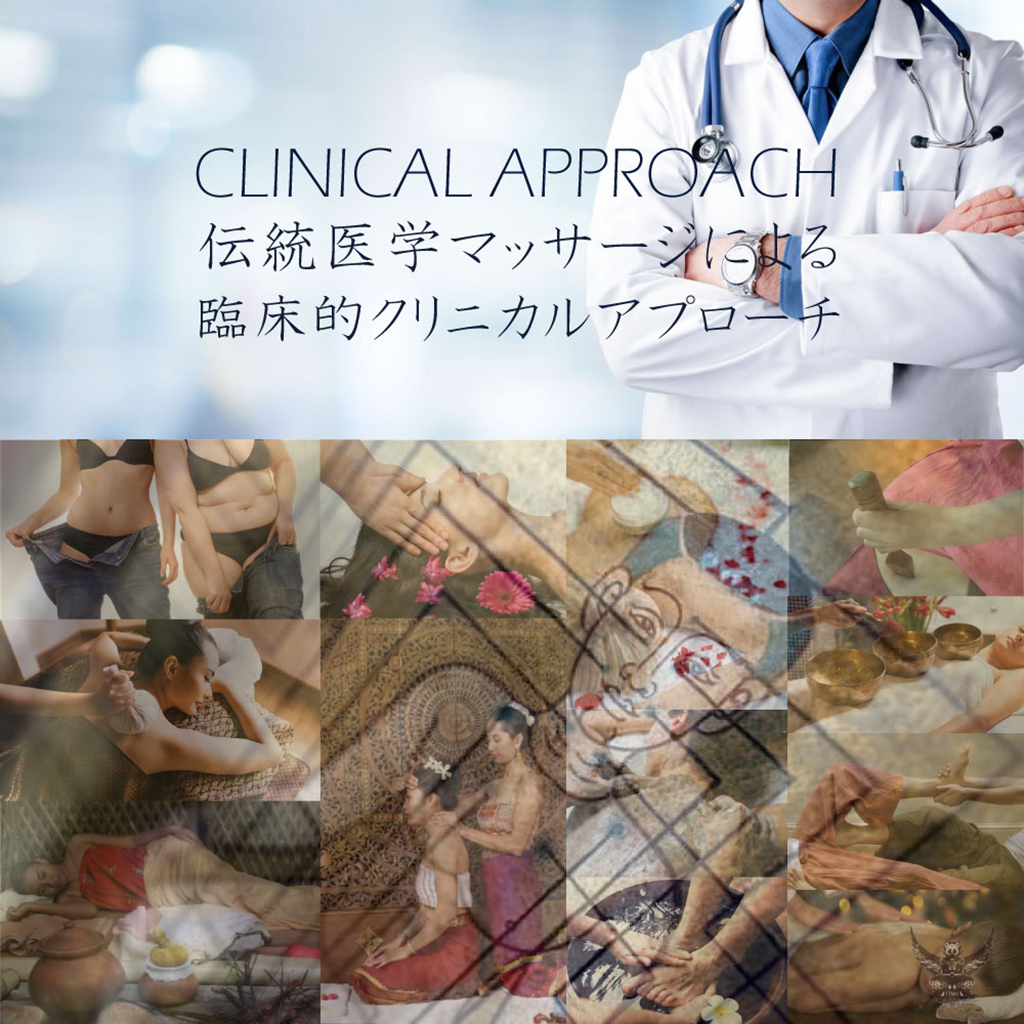
CLINICAL APPROACH |
||
| クリニカルアプローチ | ||
| headache | ||
 |
||
It is said that many people have chronic headaches in addition to headaches as a symptom of colds and high blood pressure. It is said that one in three Japanese people over the age of 15 has a "headache" and more than 30 million people are suffering from it. Because it's so familiar, it's easy to think of it as a "headache," but when it gets worse, it can hinder your life or hide a life-threatening illness behind you. The most common is a headache called migraine, which can be unbearable due to the pulsating pain of Zukinskin. Migraine is said to be pain that occurs when blood vessels in the brain contract once and then dilate, and it is thought that stress, irregular sleep, odors and sounds, and bright light are the causes. "Migraine" is caused by the rapid dilation of blood vessels in the brain for some reason. The dilation of blood vessels in the brain stimulates the surrounding trigeminal nerves, and the inflammatory substances generated by the stimulation further dilate the blood vessels to cause "migraine". Blood vessels may suddenly dilate when you are relieved of physical and mental stress, making migraines more likely to occur on weekends when you are not working. Other causes of "migraine" include oversleeping, lack of sleep, fluctuations in female hormones, hunger, fatigue, and strong light and sound stimuli. On the other hand, "tension-type headache" is caused by tension in the muscles on the side of the head and the muscles in the shoulders and neck. It is a pain caused by the accumulation of waste products in the muscles and the stimulation of the nerves around them as a result of poor blood flow due to muscle tension. The cause of "tension-type headache" is often mental and physical stress, and it is a disease that tends to occur in people who keep the same posture for a long time by operating a computer. There are also "tension-type headaches" caused by mental illnesses such as depression rather than muscle tension, and some people also have "migraine". Headaches from premenstrual to early menstruation are thought to be caused by dilation of blood vessels due to a decrease in serotonin due to a decrease in female hormones. Tension-type headaches that occur when the neck and shoulder muscles become tense and blood flow is impaired are pains that cause the neck and back of the head to be tightened due to the same posture for a long time, eye fatigue from computer work, stress, etc. increase. There are also headaches caused by brain illnesses that need to be examined when the pain is intense or prolonged. In modern medicine, it is classified into migraine, tension-type headache, swarm headache, headache associated with head trauma, headache associated with vascular disorder, headache associated with non-vascular intracranial disease, headache associated with metabolic disease, headache associated with infectious disease, etc. Is being considered. For headaches associated with intracranial diseases and metabolic diseases, it is difficult to cure the headache unless the original disease is cured, so analgesics can only be administered as symptomatic treatment. Oriental medicine thinks that headaches are caused by various factors, such as stress and overwork that make the circulation of "ki" and "blood" worse, and the gastrointestinal function weakened and excess "water" accumulates in the body. Has been done. Stiff neck muscles can also cause headaches by blocking blood flow. Tension-type headaches are primarily associated with the "liver." The treatment focuses on approaching the "liver" energy line and relieving tension around the neck and shoulders. |
||
|
||
| Clinical approach index page | ||
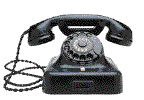 |
Please contact TTMA School Information Free dial(JAPAN ONLY):0120-406-402 mobile:81-80-2069-6268 |
